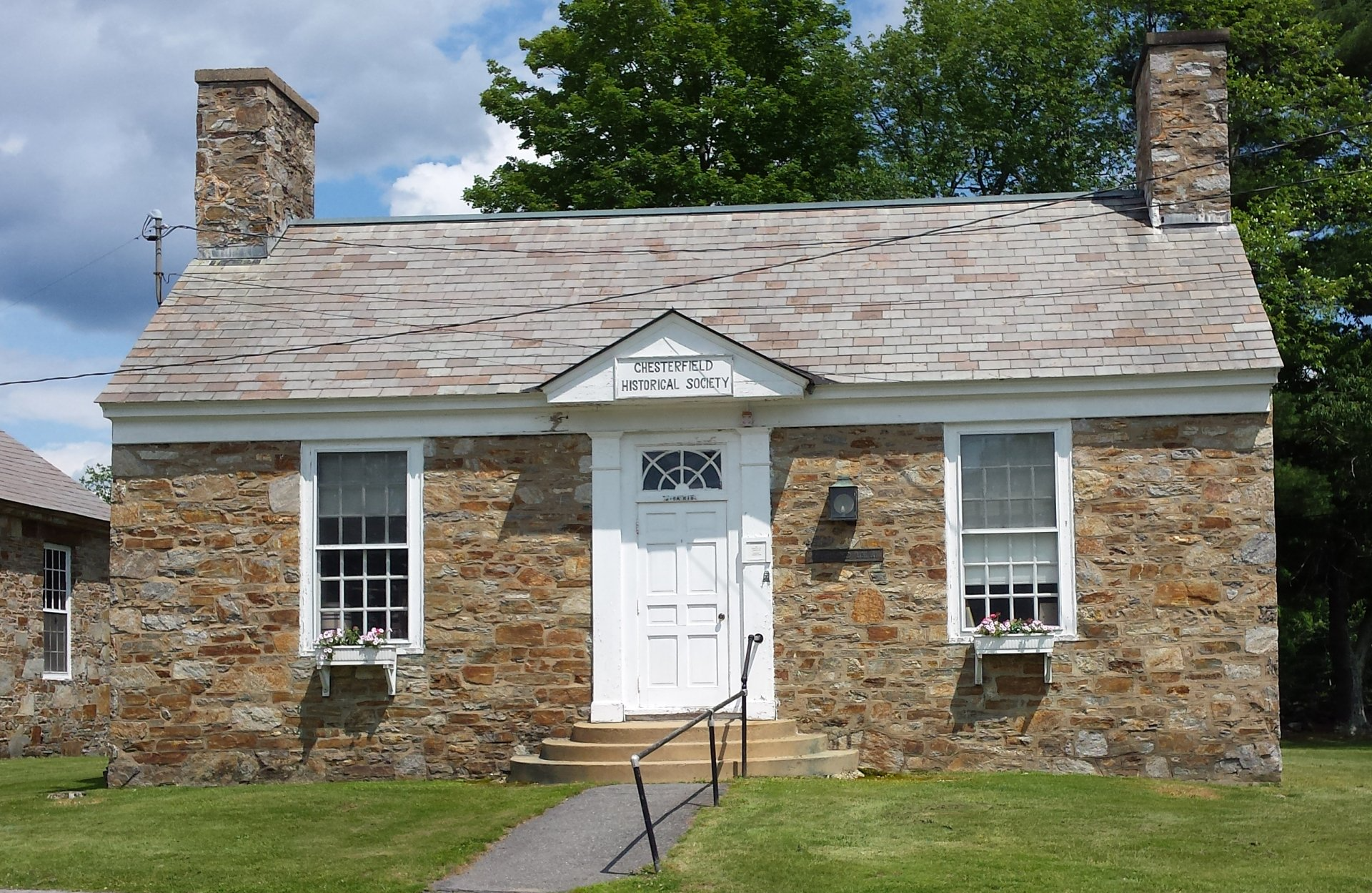Frances Perkins
While Labor Day has become the last fling of the summer,
let's take a moment to reflect on efforts to recognize and protect workers’ rights.
Sometimes it does take a woman's touch!
-
Triangle Shirtwaist Fire
ButtonNew York City 1911
On March 25, 1911, Frances Perkins, a sociology professor, was visiting with a friend near Washington Square in New York City when they heard fire engines and people screaming. She became a witness to the infamous Triangle Shirtwaist Fire. The fire had trapped factory workers in the locked upper floors of their building. It resulted in 147 young people, mostly women and girls, killed either from their fall from the factory windows or smoke inhalation.
Frances Perkins had already achieved statewide prominence as head of the NYC office of National Consumer League which lobbied for better working hours and conditions. The year before she had been instrumental in winning these same workers a 54-hour work week. The fire prompted the formation of the NYC Committee of Safety for which she was made Executive Secretary. Initially, the committee’s mission was to stop factory fires, but grew to include reporting on unhealthy working conditions, low wages, long hours, and child labor. These findings and Perkins' heavy lobbying resulted in the creation of a new set of NY Labor Laws in 1913.
However, by 1919, due to lack of enforcement, these laws were becoming ineffective. Over male objections, Perkins was appointed to the NY Industrial Commission to weed out the corruption weakening the laws. When Roosevelt became NY governor in 1929, he asked her to head the NY Labor Department. Observing how the depression was worsening, in that year, she drew national attention for forcefully contradicting President Hoover’s insistence that unemployment was ending, stating he was using "misleading statements" that were "cruel and irresponsible".
-
Unemployment Line
ButtonDuring Great Depression
-
First Civilian Conservation Corps (CCC) Camp
ButtonShenandoah National Park
Big Meadows
When Roosevelt was elected President in 1933, he appointed Perkins Secretary of Labor, the first woman appointed to a US cabinet position. She accepted only on the condition that he back her goals: unemployment insurance; health insurance; old-age insurance; a 40-hour work week; minimum wage, and abolition of child labor. And with few exceptions, he did.
Once in office, she was the driving force behind the New Deal’s massive public works projects that by 1934 employed more than a million people. She remained Secretary of Labor from 1933 – 1945. During her tenure, the Social Security Act (1935) was signed and in 1938, Congress passed the Fair Labor Standards Act that established minimum wage and maximum hours along with banning child labor. She also dealt with many labor issues during WWII when skilled labor was vital, and women were taking on the roles of men.
After FDR’s death in 1945, Truman appointed her to the US Civil Service Commission where she championed against government officials requiring secretaries and stenographers to be physically attractive, blaming this for their acute workplace shortage. She left the Commission in 1952 but remained active, returning to her educator’s roots until her death in 1965 at the age of 85.
Frances Perkins would have been famous simply for being the first woman cabinet member, but her legacy also stems from much more. She was largely responsible for the creation of social security, unemployment insurance, federal minimum wage, and federal laws regulating child labor.
(In a side bar, she kept her maiden name, winning this right in court in 1913. It was widely publicized and quite scandalous, but she was obviously up to the challenge.)










